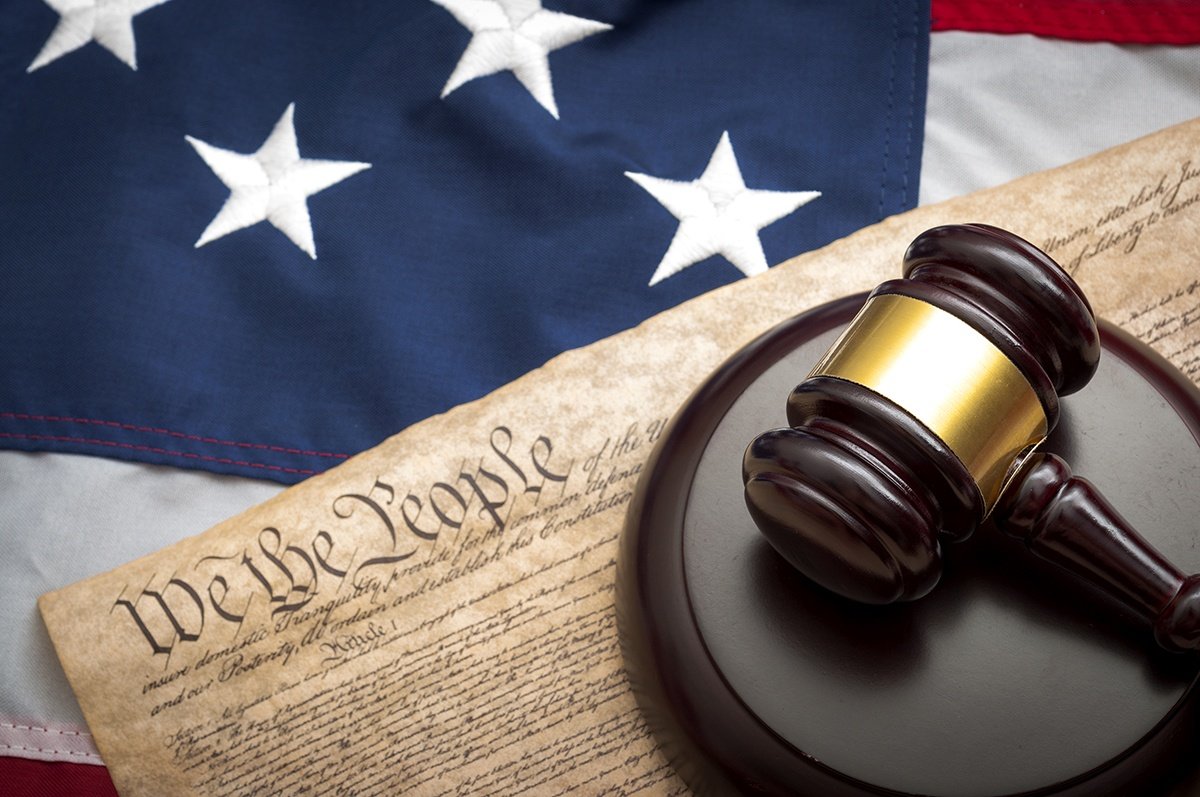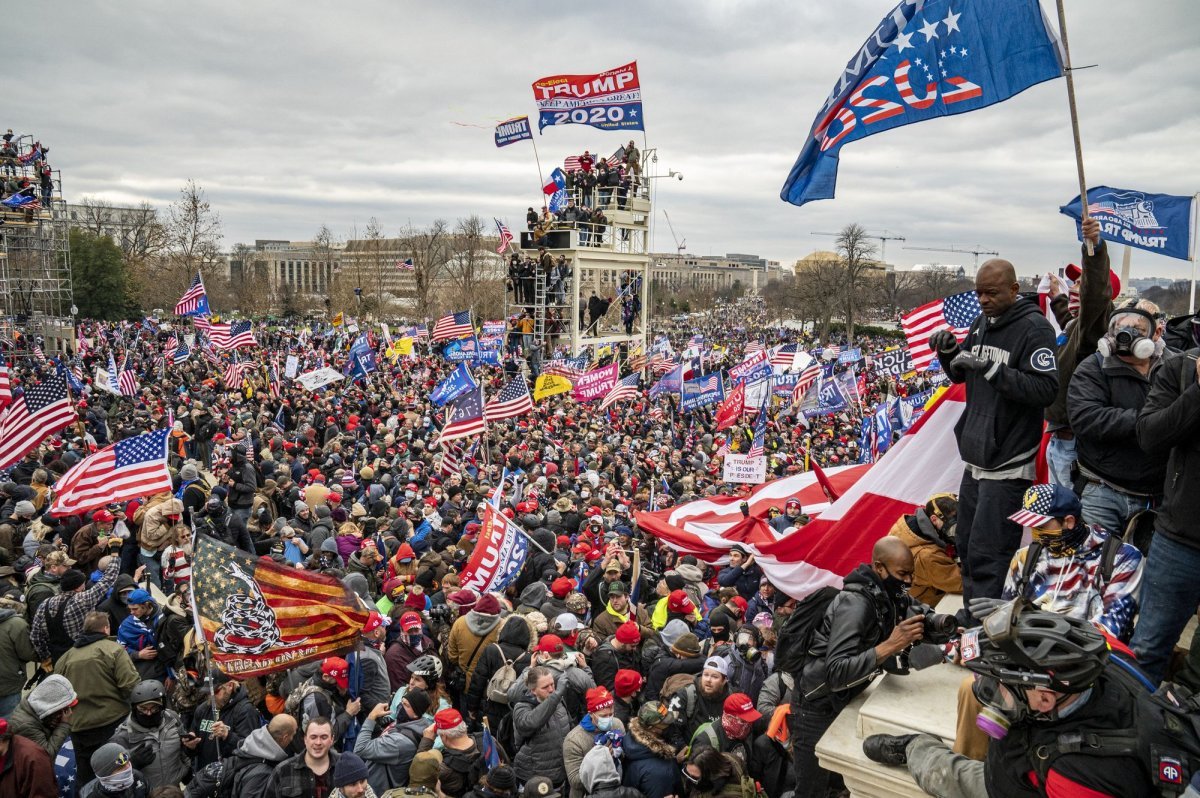By Arie Freiberg
The relationship between alcohol and other drugs (AOD), the criminal law, and sentencing has a long and tortuous history in Victoria. It is a saga of changing theories regarding the nature of substance use and addiction, the link between substance use and crime1 and oscillating responses to AOD-related crime ranging from ‘law and order’ to harm minimisation, from more severe penalties to decriminalisation. Over 170 years or so, Victoria’s sentencing responses have evolved from the traditional sanctions of fines, imprisonment, common law bonds and probation to a complex mix of pre-sentence interventions, diversion programs, a range of intermediate sanctions, various forms of suspended sentences and problem-oriented court models such as the drug and alcohol court. Although the criminal law forms the foundation of the legal framework for AOD offending, sentencing law and practice play an important part in that structure. They provide the context for medical and other interventions aimed at addressing the underlying causes of drug related offending.2 This paper argues that although there have been many innovations in sentencing, they have generally had only a marginal effect on AODrelated crime. While there exists a substantial literature on the sentencing of AOD-related offences (Sentencing Advisory Council 2015), and on AOD treatment policy (Ritter and Berends 2016), less attention has been paid to the structure, content and effectiveness of the various sanctions employed over the years. In contrast, this paper reflects on over 170 years of AOD sentencing reform, arguing that many of the interventions have been less than successful due to their poor construction, inadequate resourcing, lack of continuity and clarity of purpose, unrealistic and inflexible conditions, geographic disparity, and unresponsiveness to different groups of offenders. This paper concludes that sentencing alone can never provide the answer to AOD-related crime and that far more fundamental reform to the regulation of AOD-related offending is required. These conclusions reflect the current impasse between the clear and undeniable failure of the war on drugs and the continued pursuit of the same law and order policies that, asthis paper shows, have failed to provide lasting solutions
Collingwood 3066, Victoria : The Victorian Alcohol and Drug Association (VAADA) i , 2023. 34p.







